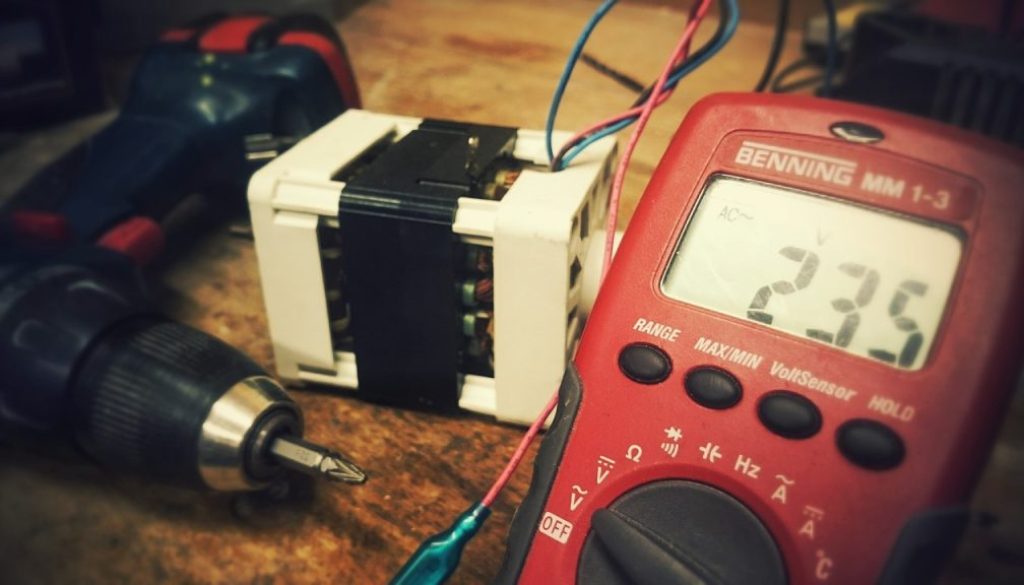Electrical Safety of Personal Computer
Certain components, like power supplies, harbor high voltage, and it’s crucial to consult the printer manual to identify the locations of these high-voltage elements. Some of these components may still carry high voltage even after they’ve been switched off.
Electrical devices come with specific power requirements. For example, AC adapters are designed for particular laptops. Swapping AC adapters between different devices can result in damage to both the adapter and the device.
Proper grounding of electrical equipment is essential. If a fault occurs that energizes metal parts of the equipment with electrical current, grounding provides a low-resistance pathway for the current to safely dissipate. Typically, computer products establish this connection to the ground through the power plug. Larger equipment like server racks housing network devices must also be adequately grounded.
ESD
Electrostatic discharge (ESD) occurs when an electric charge, commonly referred to as static electricity, accumulates on one surface and comes into contact with another surface that carries a different charge. Improper handling of ESD can lead to damage to computer equipment. To safeguard against equipment damage and potential data loss, it is essential to adhere to proper handling procedures, remain cognizant of environmental factors, and employ equipment designed to stabilize power.
It takes at least 3,000 volts of static electricity to generate a perceptible ESD sensation in a person. For instance, static electricity can accumulate as you walk across a carpeted floor, resulting in a shock when you make contact with another person. If the discharge is painful or produces a sound, it likely exceeds 10,000 volts. However, even less than 30 volts of static electricity can inflict harm on a computer component. To dissipate static buildup, it is advisable to touch a grounded object before handling any electronic equipment, a practice known as self-grounding.
ESD poses a significant risk of causing permanent damage to electrical components. To mitigate this risk, follow these recommendations:
- Store all components in antistatic bags until you are ready to install them.
- Utilize grounded mats on workbenches.
- Employ grounded floor mats in work areas.
- Apply antistatic wrist straps when working inside computers.



